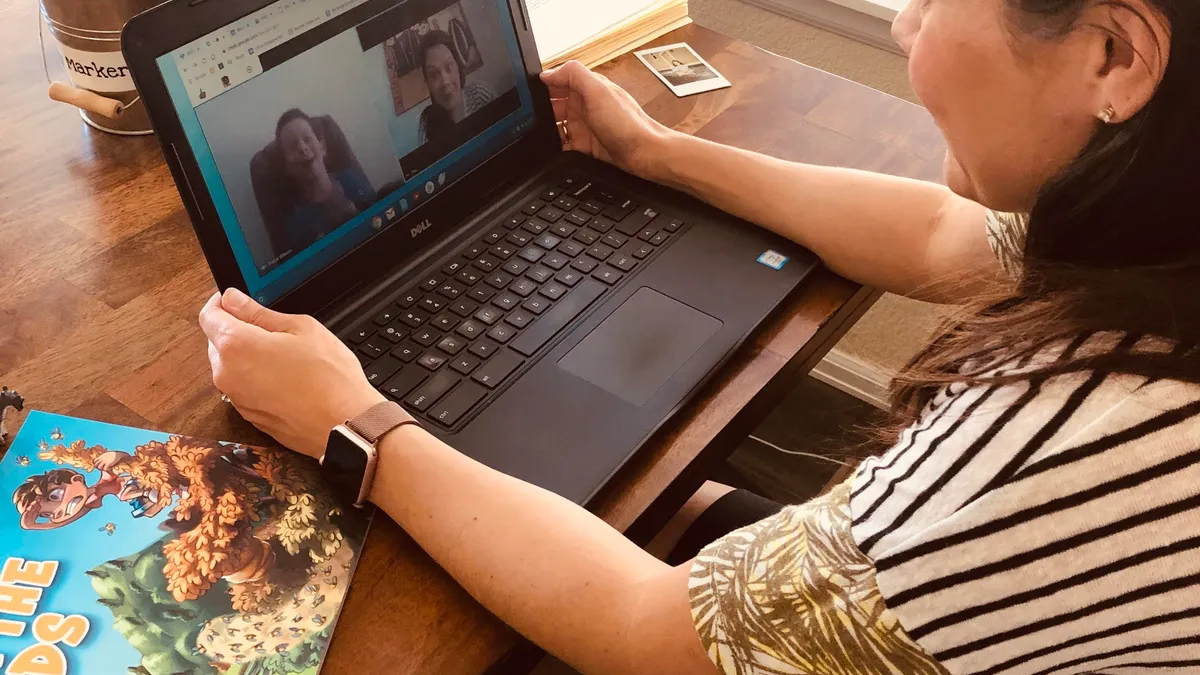Dive Brief:
- A survey of 1,500 families nationwide from ParentsTogether Action found lower-income parents are 10 times more likely to say their child is doing little or no remote learning compared to higher-income parents. The data from the organization also shows 13% of students from low-income households lack a device or internet access, compared to 1% of students from families making more than $50,000 annually.
- Thirty-six percent of parents from households making less than $25,000 annually say remote learning is going "poorly or very poorly," compared to 18% of those in families making more than $100,000. The lower-income parents are also more likely to say their student’s work is mostly or entirely busy work.
- Meanwhile, only 20% of parents whose children have an Individual Educational Program (IEP) say their child is receiving services, and 39% say their student is not receiving any support. Additionally, 35% of those with a child who has an IEP say they aren’t doing much remote learning, and 40% are concerned about their child’s mental health.
Dive Insight:
When coronavirus struck, districts around the country scrambled to transition from classroom-based learning models to distance learning — all in a matter of weeks. It brought to light the extent of the digital divide that results from lack of home internet connectivity for many low-income and rural students.
Many districts, organizations and for-profit service providers are now focusing additional attention on that issue. A recently updated agreement between Los Angeles Unified School District and Verizon, for example, will expand access to 125,000 low-income students in other California districts. In April, Verizon also agreed to a discounted rate for unlimited internet connectivity for up to 250,000 students in California.
The nonprofit EducationSuperHighway has also shifted its focus from school connectivity to home access, and it sees legislative momentum that could help connect the 9 million students who lack reliable broadband at home. Evan Marwell, CEO and founder of EducationSuperHighway, said school closures elevated the importance of the issue. The organization has launched digitalbridgeK12.org to provide detailed information and offer best practices in areas like collecting data on connectivity at the district level or purchasing in bulk.
In the meantime, after-school and summer programs could help offset learning loss caused by school closures. The normal variations in students’ post-summer achievement levels could be even greater this year, depending on how much homeschooling parents were able to provide. Summer and afterschool programs can help fill these gaps.
Studies of extended school closures, summer learning loss and excessive absences show students tend to fall behind academically during long periods away from the classroom. And school budget cuts during recessions tend to lower students’ test scores. Research suggests low-income students perform better in school when their families can access programs like food stamps and unemployment insurance.






 Dive Awards
Dive Awards






